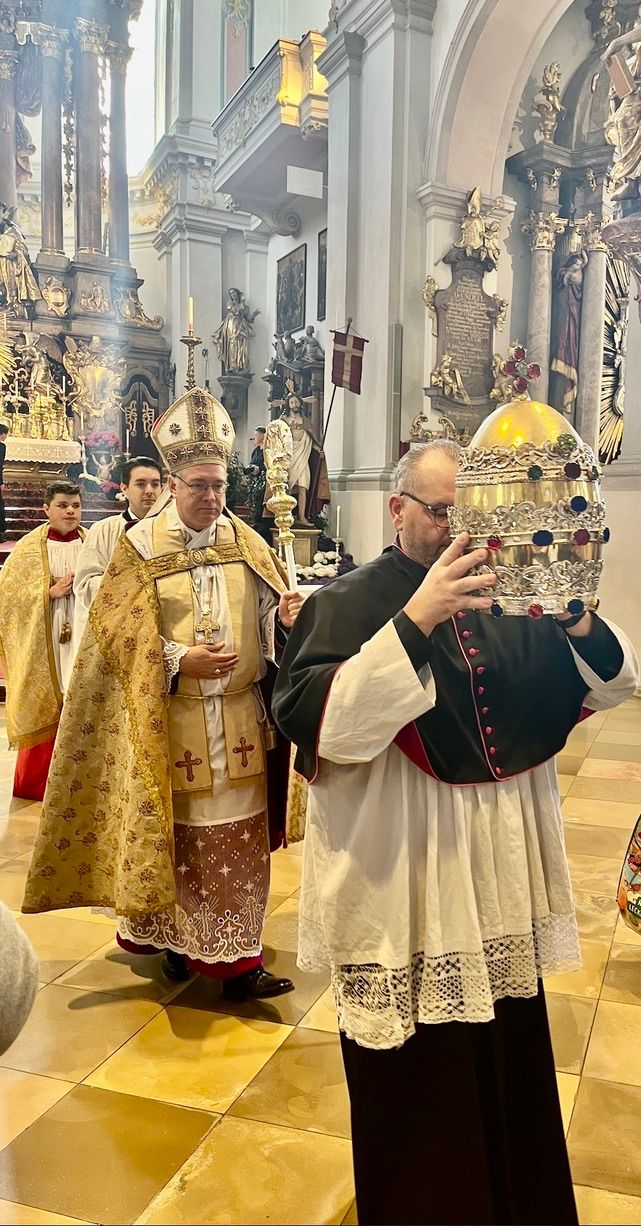In Munich’s Church a Symbol of Tradition and Papal Continuity
In the bustling heart of Munich, just steps away from Marienplatz, stands the majestic Church of St. Peter (Peterskirche), the oldest parish church in the city. Its origins date back to the 12th century, making it a true historical and architectural gem.
The Tiara of Saint Peter: A Symbol of Papal Continuity
At the center of the beautifully decorated Baroque main altar stands a golden statue of Saint Peter, created by sculptor Erasmus Grasser. The statue is known for its tiara, a papal crown that holds symbolic significance for both the Church and the city of Munich.
When a Pope passes away, the tiara is symbolically removed from Saint Peter’s statue, marking the “sede vacante” (vacant seat) of the papacy. This symbolic gesture was repeated recently: on Sunday, April 27, the tiara was removed from Saint Peter’s head, in accordance with tradition, marking a moment of transition and reflection.
However, on May 11, after a symbolic wait, the tiara was placed back on the statue’s head, restoring the continuity of the papacy. This act was followed with particular attention by both the faithful and visitors, who had the opportunity to witness this gesture of profound spiritual and historical significance.
An Altar Inspired by Bernini
The main altar of St. Peter’s Church is an artistic masterpiece, created between 1730 and 1734 by prominent artists such as Nikolaus Gottfried Stuber, Johann Georg Greiff, and Egid Quirin Asam. Its structure, richly decorated, is inspired by Bernini’s altar in St. Peter’s Basilica in Rome, reflecting the grandeur and splendor of Bavarian Baroque.




